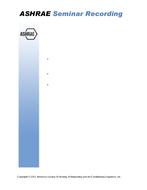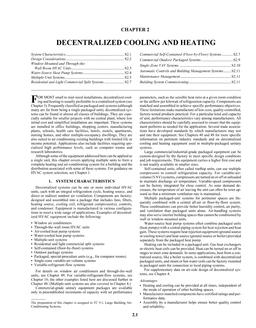For the last few decades, the general public has been concerned with the condition of the environment. In response to this trend, research is now being conducted to determine how “environmentally friendly” or “green” building materials are. One method to assess environmental attributes is to perform an environmental life-cycle inventory (LCI). An LCI is an estimate of the materials used, energy used, and the emissions to air, land, and water associated with manufacture of a product, operation of a process, or provision of a service. The methodology for conducting LCIs has been documented by the U.S. EPA, the Society of Environmental Toxicology and Chemistry (SETAC), and the International Organization for Standardization (ISO). Environmental life-cycle inventories (LCI) were performed for a typical single-family house constructed with various exterior wall assemblies. The house was a 228 square meter (2,450 square foot), two-story residential building with an attached two-car garage. Wall assemblies included traditional wood framing, ICFs (insulating concrete forms), and concrete masonry units (CMU). LCIs were performed over an assumed 100-year life of the house and considered construction, material use and waste, occupant energy use, replacement/repair, and demolition. The houses were modeled in five or ten cities, depending on the exterior wall materials, representing a range of U.S. climates. The LCI is partial because it does not include the embodied energy or the emissions from the production of non-cement-based building materials, such as wood, steel, and plastics. It also does not include the upstream profiles of fuel and electricity production and distribution. The results show that occupant energy use accounts for most of the life-cycle energy use of the ICF, CMU, and the woodframe houses. Occupant energy use includes heating and cooling, cooking, laundry, and other miscellaneous activities. The house life-cycle energy is primarily a function of climate and occupant behavior–not concrete content. Most of the life-cycle emissions to air are from the combustion of household natural gas for heating and hot water–not from the production of concrete. Results may change when a full LCI is performed.
Authors: Martha G. VanGeem, P.E.; Medgar L. Marceau; John Gajda; Michael A. Nisbet
Citation: Thermal Performance of the Exterior Envelopes of Buildings VIII
Keywords: December, Florida, 2001
Citation: Thermal Performance of the Exterior Envelopes of Whole Buildings VIII
Product Details
- Published:
- 2001
- File Size:
- 1 file , 490 KB
- Product Code(s):
- D-7972


